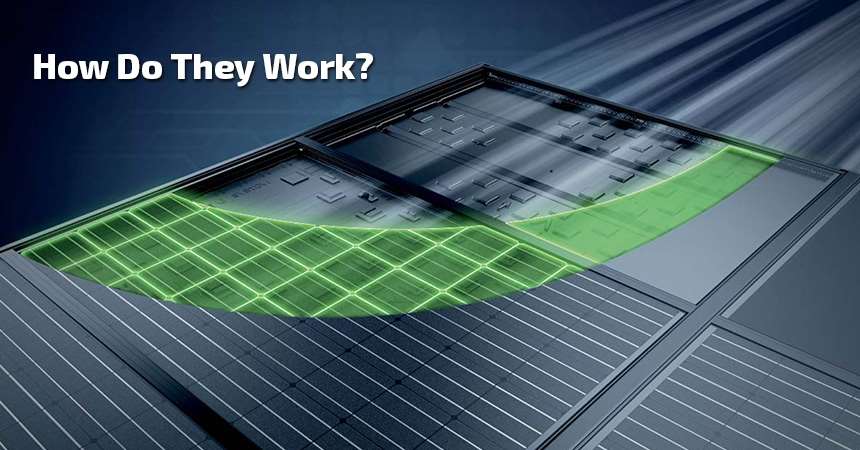What are Solar Panels Made of and How do they Actually Produce Electricity?

What are Solar Panels Made of and How do they Actually Produce Electricity?
What are Solar Panels Made of and How do they Actually Produce Electricity?
Solar panels have become an increasingly popular choice for renewable energy production as the world continues to combat climate change and seeks sustainable alternatives to fossil fuels. These panels harness the power of the sun and convert it into electricity, providing clean, renewable energy to homes and businesses around the world. But how exactly do solar panels work, and what are they made of? In this article, we will explore the materials and processes that enable solar panels to produce electricity.
Materials Used in Solar Panels
Solar panels are primarily made of silicon, a semi-conductive material that is abundant in the Earth's crust. There are two main types of silicon used in solar panel production: monocrystalline and polycrystalline. Monocrystalline silicon is created through a more complex process, resulting in a higher purity level and increased efficiency, while polycrystalline silicon is less expensive to produce but slightly less efficient.
The silicon is fashioned into solar cells, which are the fundamental building blocks of a solar panel. These cells are typically combined into a solar module, consisting of several cells, and multiple modules are then combined to form a solar panel. The solar cells are protected by a layer of glass and encased in an aluminum frame, providing durability and weather resistance.
How Solar Panels Produce Electricity: The Photovoltaic Effect
Solar panels produce electricity through a process known as the photovoltaic (PV) effect. The PV effect is a phenomenon in which light particles, called photons, hit the surface of a solar cell and cause electrons to be released from the silicon atoms. These released electrons then flow through an external circuit, generating an electric current.
- Absorption of sunlight: When sunlight strikes the surface of a solar cell, the photons in the light interact with the silicon atoms, transferring their energy to the electrons in the silicon.
- Generation of electron-hole pairs: This energy transfer causes the electrons to break free from their atoms, creating a positively charged "hole" where the electron once was.
- Separation of charges: The solar cell is designed with layers of silicon with different electrical properties, called the n-type and p-type layers. The n-type layer has an excess of electrons, while the p-type layer has an excess of holes. When the electron-hole pairs are created, the electric field at the junction of these layers pushes the electrons toward the n-type layer and the holes toward the p-type layer.
- Creation of electric current: When the electrons and holes are separated, they are free to move through an external circuit. This movement of electrons creates an electric current, which can then be used to power electrical devices.
- Conversion of direct current (DC) to alternating current (AC): The electricity generated by solar panels is in the form of direct current (DC), which is not compatible with the majority of household appliances and the electrical grid. Therefore, an inverter is used to convert the DC electricity into alternating current (AC), making it usable for homes and businesses.
Conclusion
Solar panels are an environmentally friendly and sustainable way to produce electricity. They are primarily made of silicon and generate electricity through the photovoltaic effect, which is a process where sunlight causes electrons to be released from silicon atoms, generating an electric current. As the world continues to seek out renewable energy sources, solar panels will play an increasingly important role in powering our homes and businesses while reducing our reliance on fossil fuels.
SEE HOW MUCH YOU CAN SAVE BY GOING SOLAR
CALCULATE YOUR SAVINGS
